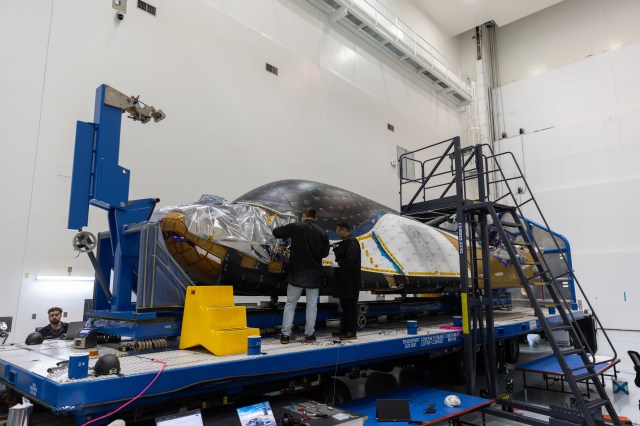Marco Panesi
University of Illinois at Urbana-Champaign
During hyperbolic planetary entry, spacecraft can attain entry speeds of 10-16 km/s, which results in high surface heat fluxes and intense radiation in the shock layer. The heat flux generated by radiative emissions is often on-par with the convective heat flux. In order to sustain these extreme conditions, the vehicles are protected by a TPS made of ablative material. To correctly model ablative TPS, three types of modeling tools are necessary: (1) Computational Fluid Dynamics (CFD) codes to model the flow around the vehicle; (2) Material Response (MR) codes to model the TPS; and (3) radiation codes to model the radiative emission generated by the shock layer. The project objectives aim to enhance the fidelity and predictability of heat flux computations over the entire surface of entry vehicles, and in particular the backshell surface of the thermal protection system (TPS). This will be achieved by: (1) improving the quality of models for flow-field calculations involving ablative species, and (2) using a tightly coupled approach to accurately predict and control the precise location and amount of ablative species injected into the flow to mitigate the total heat flux on the backshell.






























